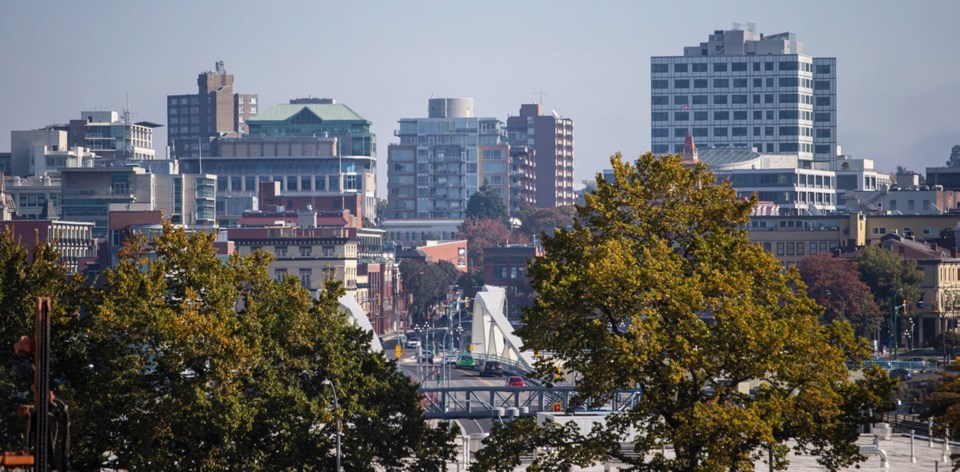It’s a case of ideology winning over practicality, of wishful thinking winning over reality. It could also be argued that there are no winners here, because Victoria city council’s decision to force more affordable rentals into all new large residential complexes is so misguided it’s hard to comprehend the logic.
Developers — the people who are doing all that they can to make new buildings happen — say the 20 per cent requirement is too high, and could push them out of Victoria.
A study commissioned by the city determined that forcing 10 per cent of new units to be affordable rental would be as high as the market could bear.
City council had to weigh those opinions with the force of a petition, signed by about 400 people, which called for 50 per cent of all new developments to be designated affordable rental units. City guidelines say that “affordable” monthly housing-cost targets, including utilities, are $850 for a studio unit, $1,050 for a one-bedroom, $1,300 for a two-bedroom and $1,750 for a three-bedroom.
Councillors Ben Isitt and Sharmarke Dubow tried to convince the others on council that the requirement should be 30 per cent, while Mayor Lisa Helps argued for 10 per cent.
There is no question that Victoria needs more affordable housing, more high-end housing and everything in between. With that in mind, council should be doing all it can to encourage developers to go ahead with new developments as quickly as possible.
Instead, the members of council — who have, individually or collectively, no experience in creating housing — have made a decision that will push developers into other municipalities. That decision will be good for Saanich, Sidney, Langford and all points between, and it will help ease the housing crisis in Greater Victoria, but it will only exacerbate the problems in the downtown core.
That means more commuting, which will worsen the rush hours in and out of the city. That means that council’s decision will reduce our ability to deal with the climate- change crisis. The next time Victoria council members natter on about the climate, remember their decision on housing.
Isitt told council that he wants to shift projects from strata units to purpose-built rental units for low-income people. It’s hard to argue with his concern for low-income earners, but it is also hard to see any logic in council’s thinking.
If city council wants more low-income housing, it should provide more incentives rather than putting more obstacles in front of developers. Those incentives can come in many forms, but one idea is at the top of the list: Make it easier for developers to build.
Consider that the Bayview Place development in Vic West has been stumbling toward completion for two decades. It should have been finished years ago, but the developer has faced delay after delay in getting approvals from the city.
Delays cost money. Developers use borrowed money to complete their buildings. The more time and money they have tied up in their projects, the less they can do. And that money that they are spending has to be recovered somewhere — which means the prices paid by buyers and renters have to be pushed higher.
The solution is in the city’s hands: Let’s go all Langford on new development. We know that cutting red tape works, after all; we have proof, just up the highway. But rather than dealing with the obvious problems, council members try to engineer the market to fit their thinking.
It’s not going to work. Council members got that message, loud and clear, but turned away, listening instead to wishes from a few hundred petitioners as well as their own idealistic dreams.
The city needs to take real action to deal with the housing crisis. The 20 per cent affordable rentals notion is a far cry from what is really needed.



